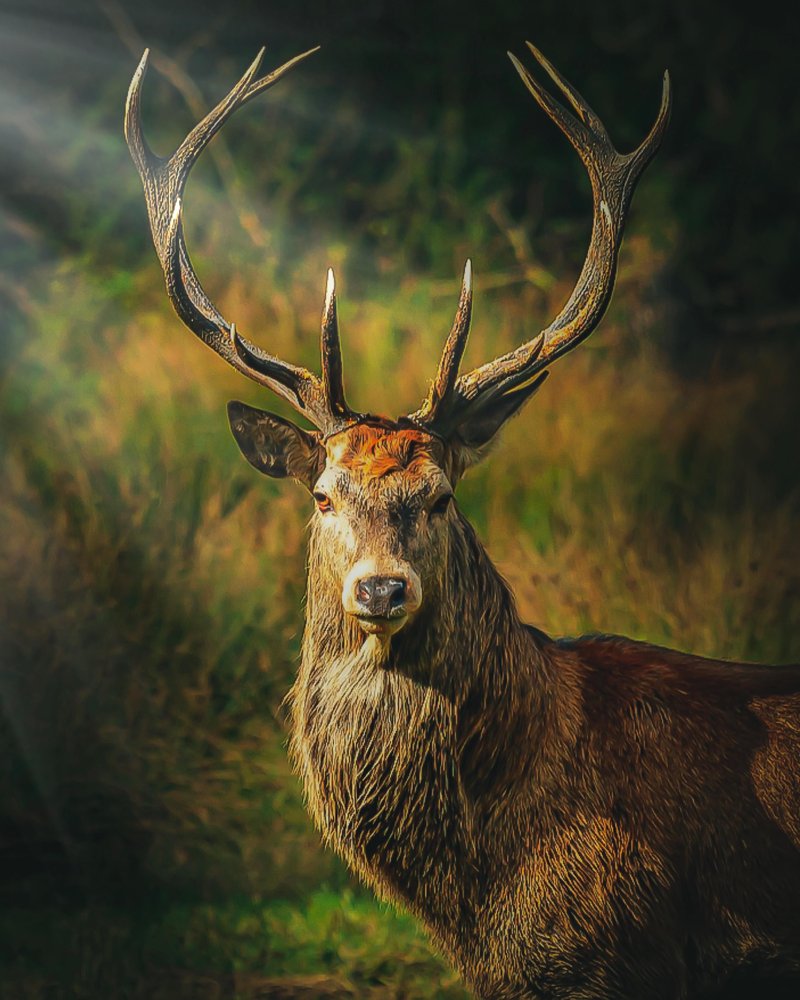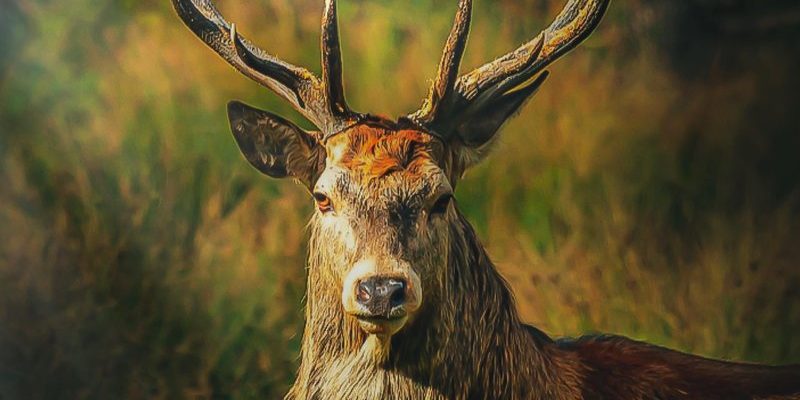
In the grand tapestry of nature, the stag contributes in numerous ways. Think of them as the gardeners of the forest. By nibbling on plants and trees, they help manage vegetation growth, which in turn creates space for new plants to flourish. So, next time you catch a glimpse of a stag, remember it’s not just about their looks; they’re working hard to keep their ecosystem balanced and thriving.
Feeding Habits and Plant Management
Stags primarily feed on leaves, grasses, and shrubs. This grazing behavior influences which plants grow and how they thrive. By eating certain species, they help prevent overgrowth. Imagine a crowded party where no one gets a chance to dance—too many plants can prevent sunlight from reaching others.
When stags munch on the foliage, they create openings for young plants to sprout. This process helps maintain biodiversity, allowing a mix of species to coexist. Biodiversity is key in nature; it helps ecosystems adapt to changes and remain resilient. For instance, when a stag grazes, it might prefer certain types of grass over others, affecting what plants grow better in that area.
Moreover, their feeding also helps control invasive species. Some plants can spread rapidly and choke out native vegetation. By keeping an eye on these invaders, stags help ensure that the natural balance of their habitat remains intact.
Seed Dispersal and Plant Reproduction
Did you know that stags can help plants spread their seeds? As they munch on fruits and berries, they often eat the seeds too. The amazing part? Some of these seeds can pass through their digestive system unharmed. This is nature’s way of planting.
After a stag digests the fruit, the seeds come out the other side, sometimes miles away from the parent plant. This process helps plants expand their range. Imagine a tiny seed taking a road trip in a stag’s belly and then popping up to grow in a new neighborhood! This seed dispersal is crucial for many plant species and contributes to the overall health of the ecosystem.
Additionally, stags also create “nursing” sites. When they dig or paw at the ground, they might create softer spots for seeds to land and take root. The nutrients from their droppings further enrich the soil, giving new plants a much better chance to grow strong.
Supporting Predator and Prey Relationships
In any ecosystem, it’s a delicate balance between predator and prey. Stags play a significant role here as a primary food source for large predators like wolves and big cats. Their presence ensures that these predators have enough food to thrive. This predator-prey dynamic is essential for maintaining the health of the ecosystem.
When a stag population is healthy, it means that predators have thriving populations as well. Conversely, if stags were to decline, predators might struggle to find food, and their numbers could drop too. This can lead to a ripple effect, impacting various species within the ecosystem.
Moreover, by providing food for predators, stags help keep herbivore populations in check. This balance prevents overgrazing and allows for a more diverse plant community, which benefits all species living in that area.
Soil Health and Nutrient Cycling
One of the unsung contributions of stags is their role in promoting soil health. When they graze, they often disturb the ground, which can stimulate new plant growth. Additionally, their droppings serve as natural fertilizer, enriching the soil with nutrients.
The nutrients from stag waste support not just the plants but the entire ecosystem. These nutrients can help microorganisms thrive, which in turn supports plant health and growth. It’s like a cycle: the stag nourishes the soil, and the soil nourishes the plants. Healthy plants provide food for the stag, creating a loop that sustains several life forms.
This nutrient cycling is essential for forest or grassland health. Without creatures like stags participating in this cycle, soil quality could decline, making it harder for plants to survive.
Contribution to Cultural and Recreational Aspects
Lastly, let’s not underestimate the cultural significance of stags. They hold a place in folklore and art across many cultures. Think of the stag depicted in ancient tapestries or as a symbol of wilderness. Their presence adds a layer of beauty and interest to nature, drawing in nature lovers, photographers, and tourists.
Recreational activities, such as wildlife watching, often focus on observing stags in their natural habitats. This not only educates people about the importance of conservation but also fosters a deeper appreciation for nature. The tourism generated by stag observing can support local economies and conservation efforts.
In many cultures, stags symbolize strength, grace, and renewal. These animals remind us of the delicate balance of our ecosystems and the importance of preserving natural habitats for future generations.
In conclusion, the role of the stag in its ecosystem is multifaceted. From managing vegetation and aiding in seed dispersal to supporting predator-prey relationships and enhancing soil health, stags are vital players in maintaining ecological balance. Their cultural significance further emphasizes their importance beyond the biological realm. So, the next time you see a stag, know that you’re looking at more than just a beautiful creature; you’re witnessing a vital cog in the wheel of nature.

